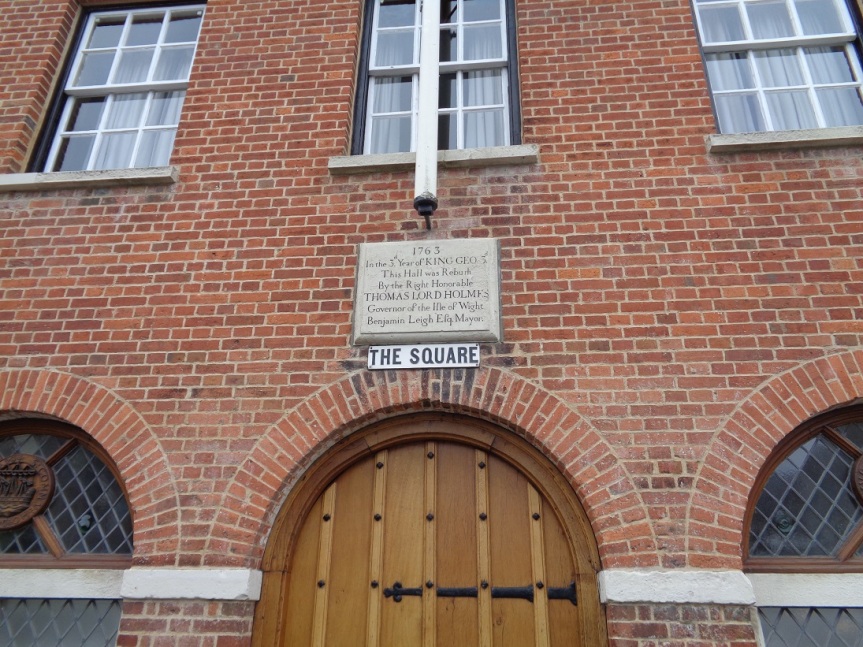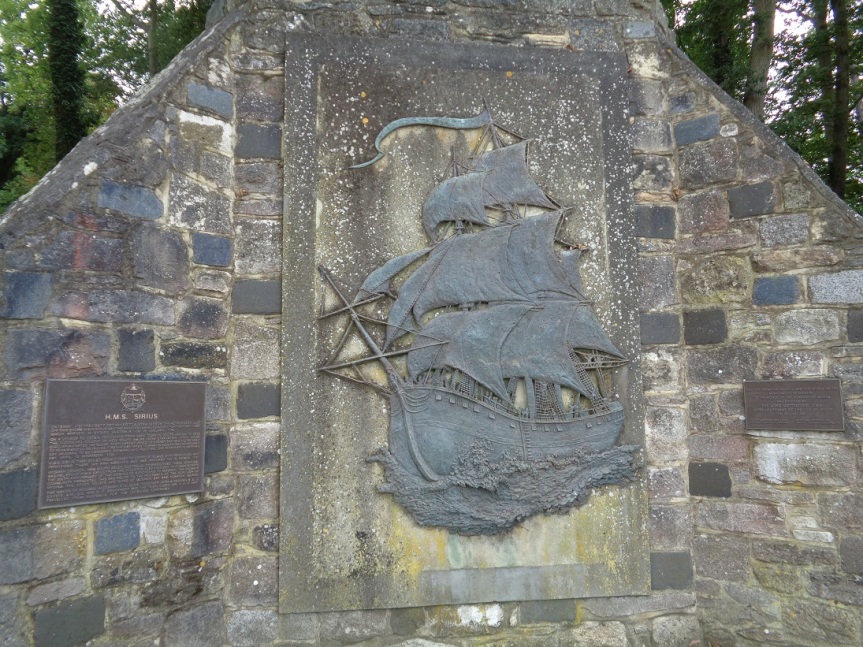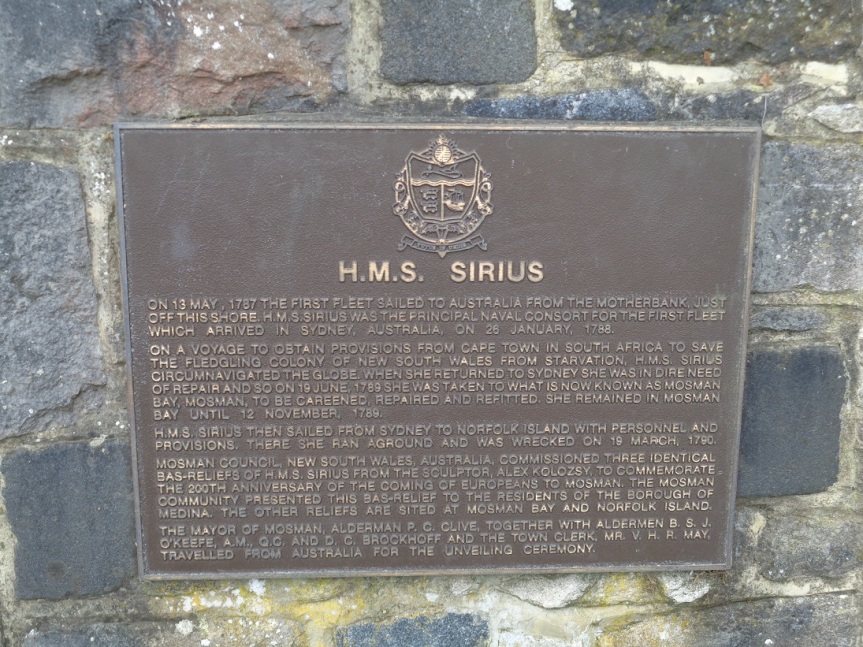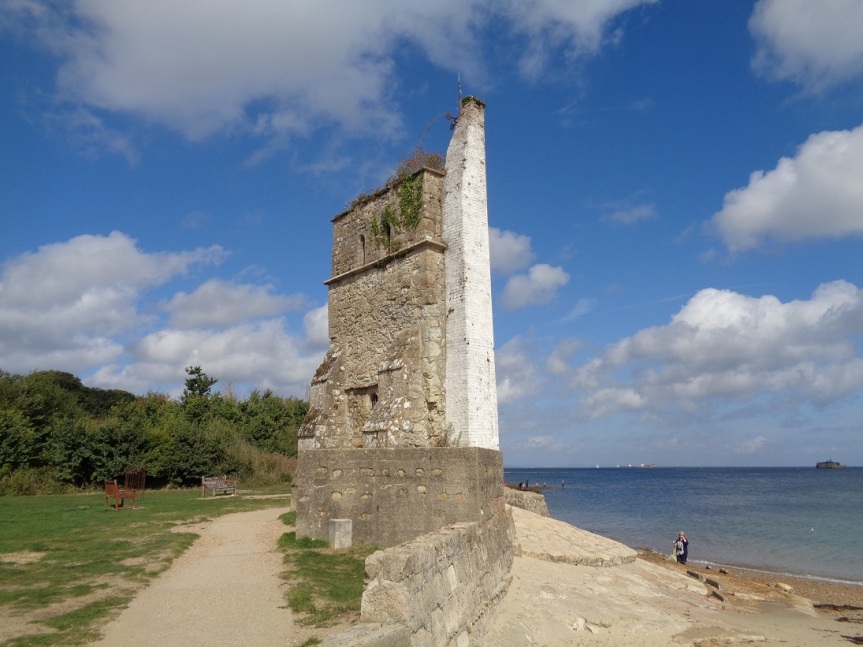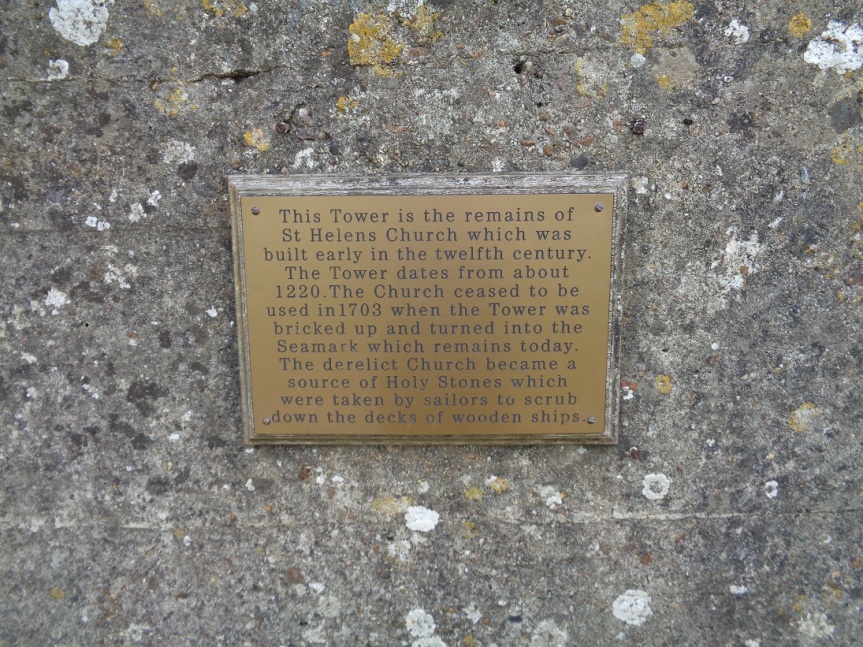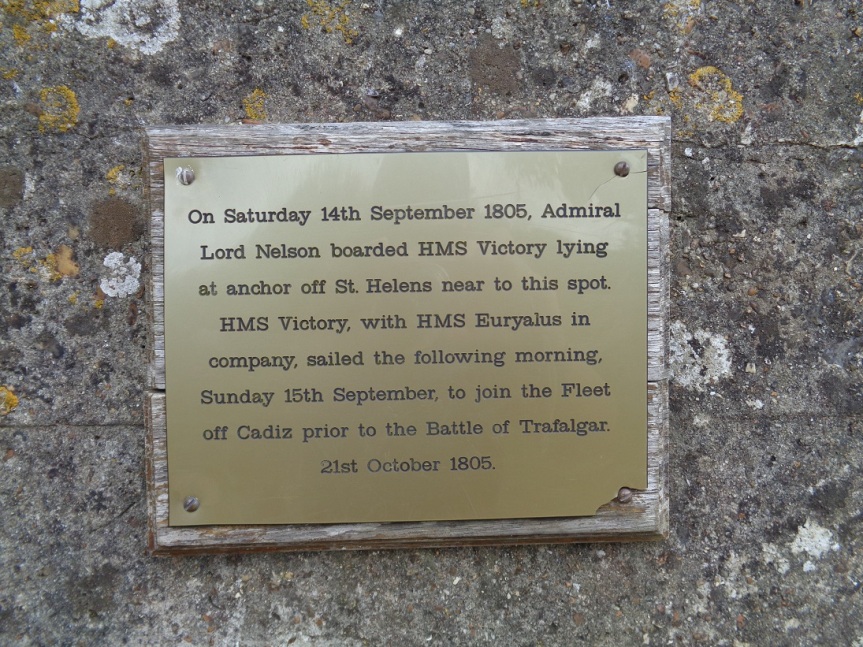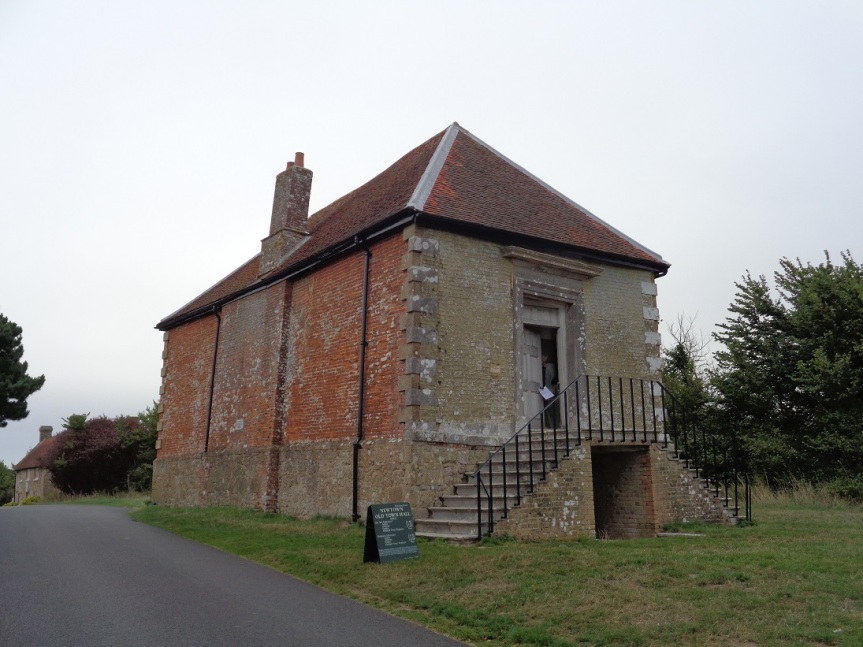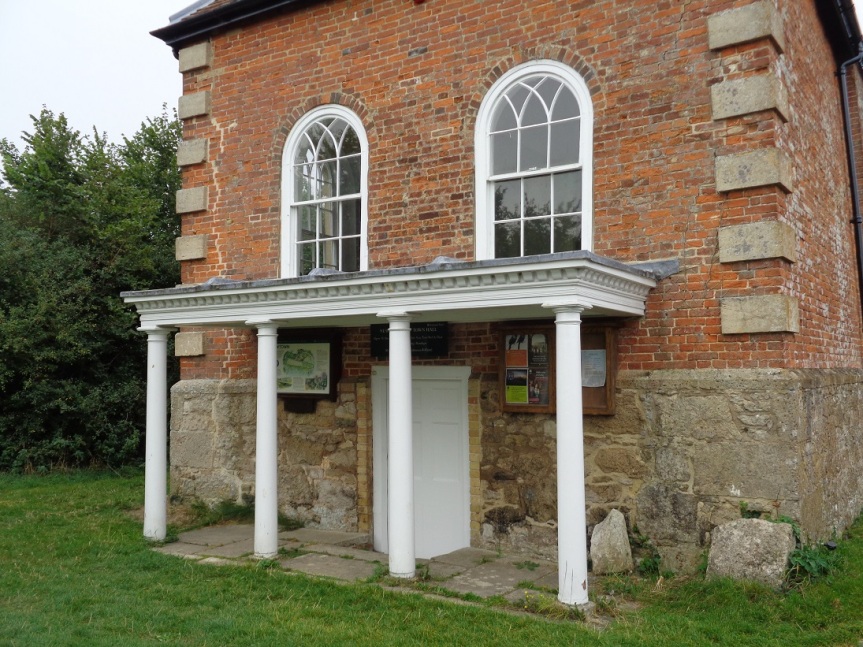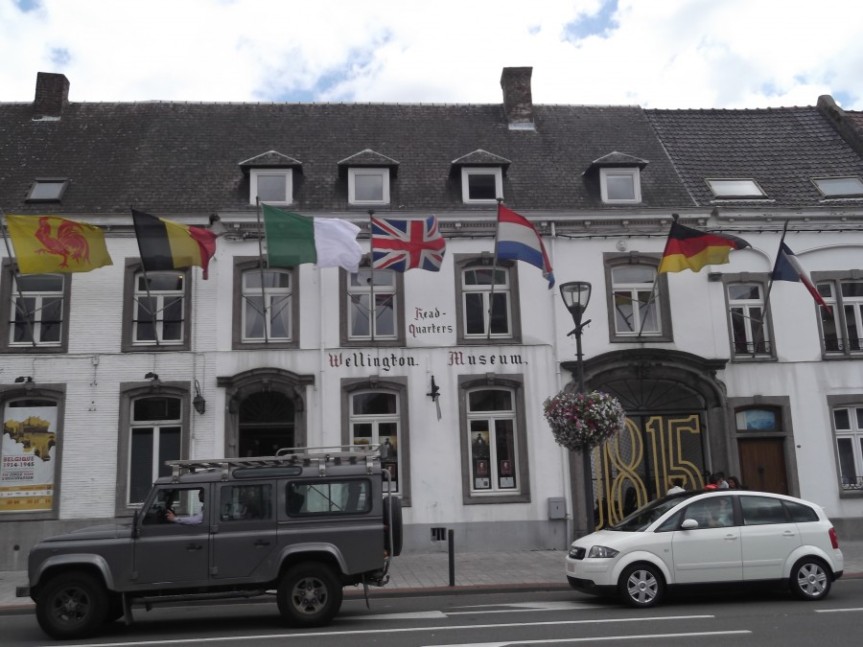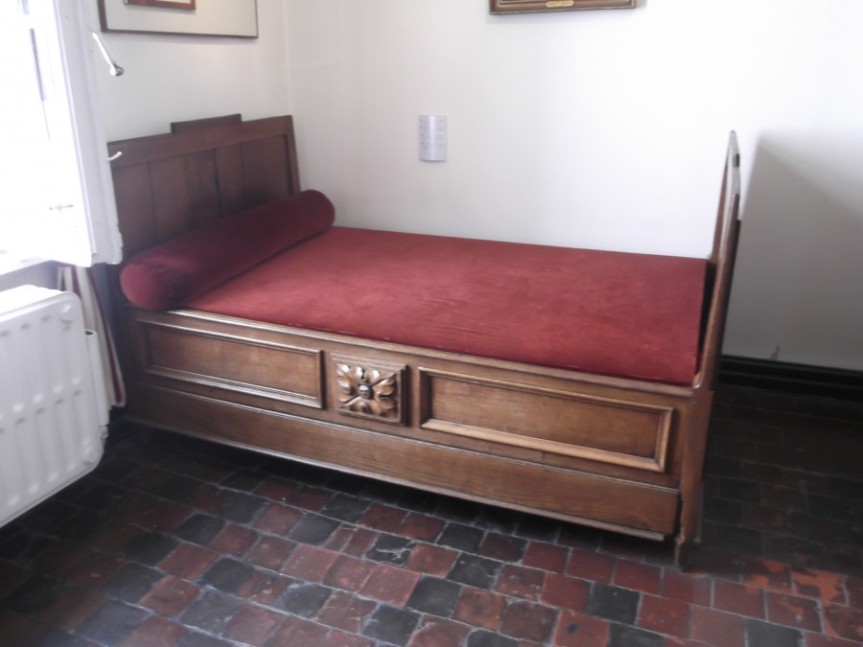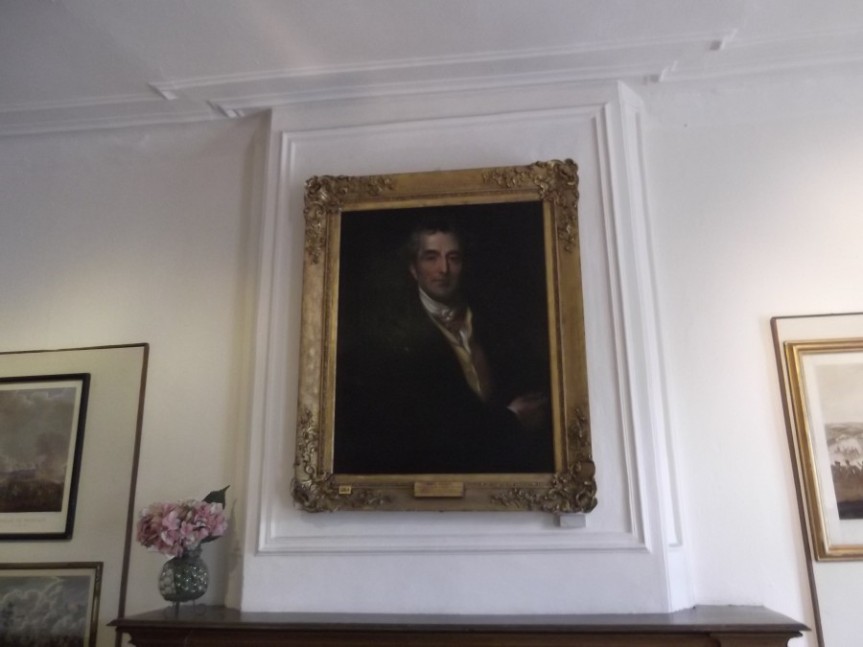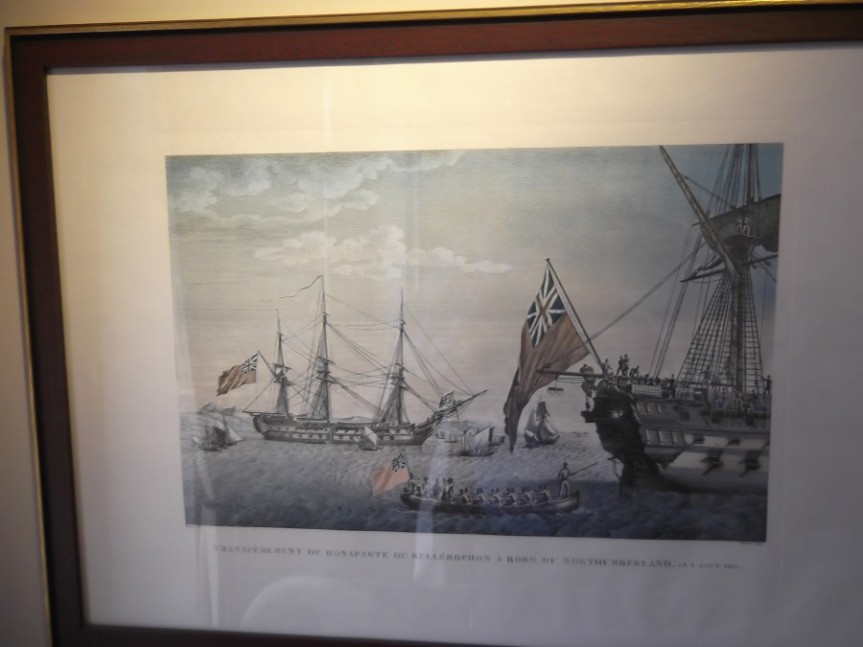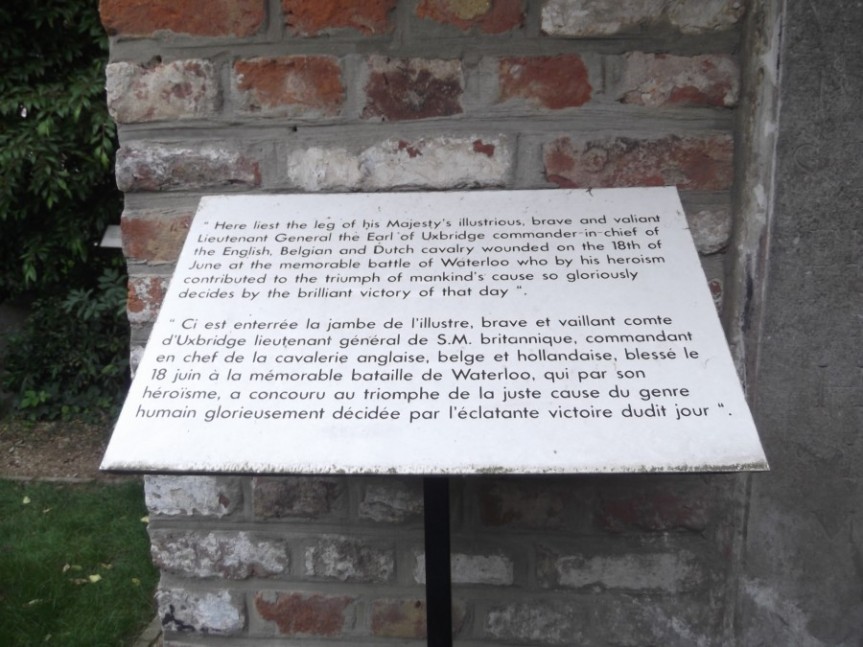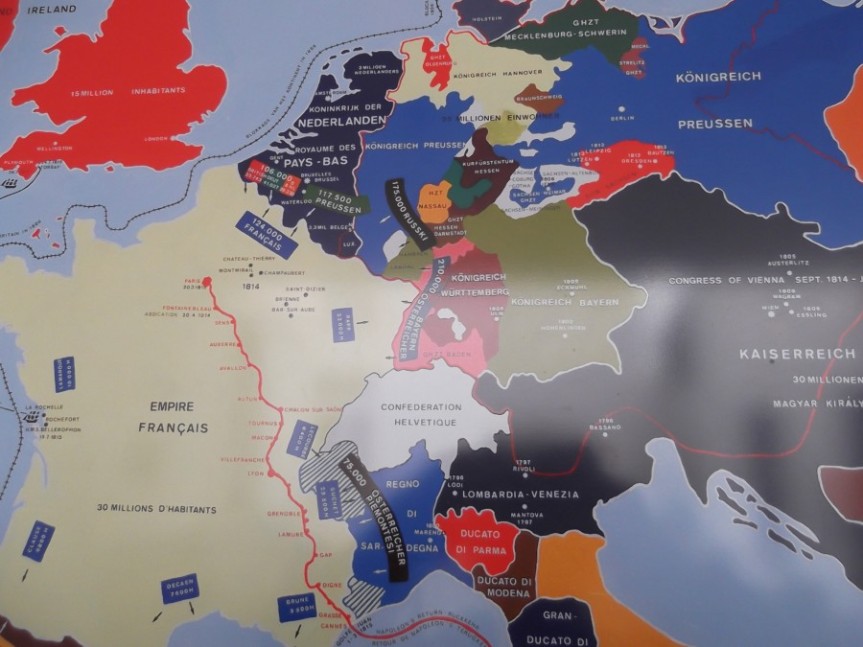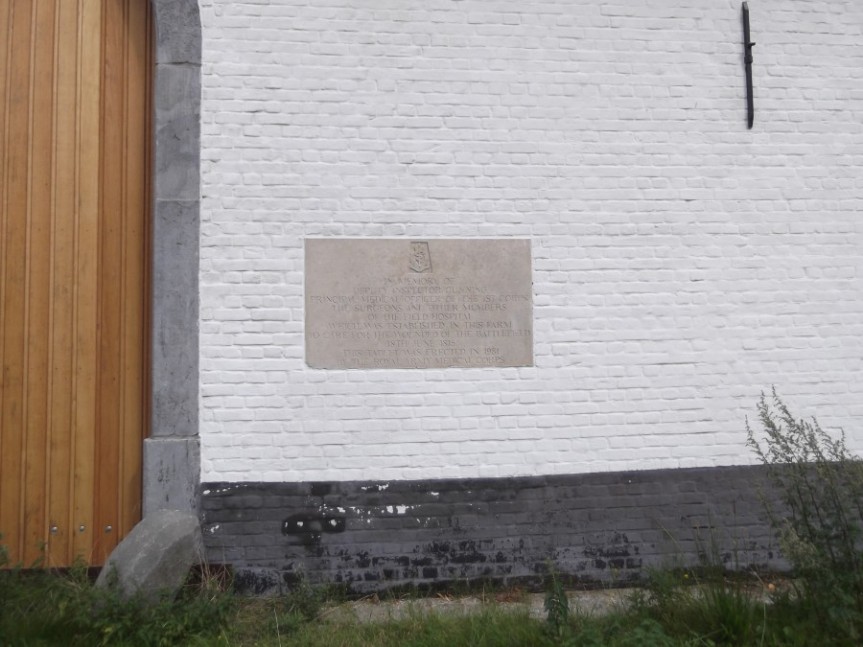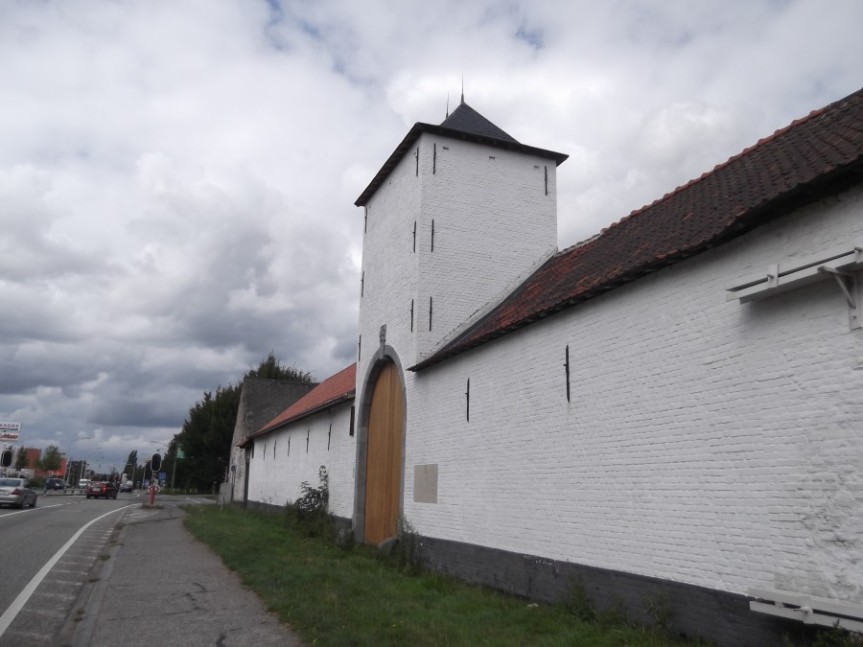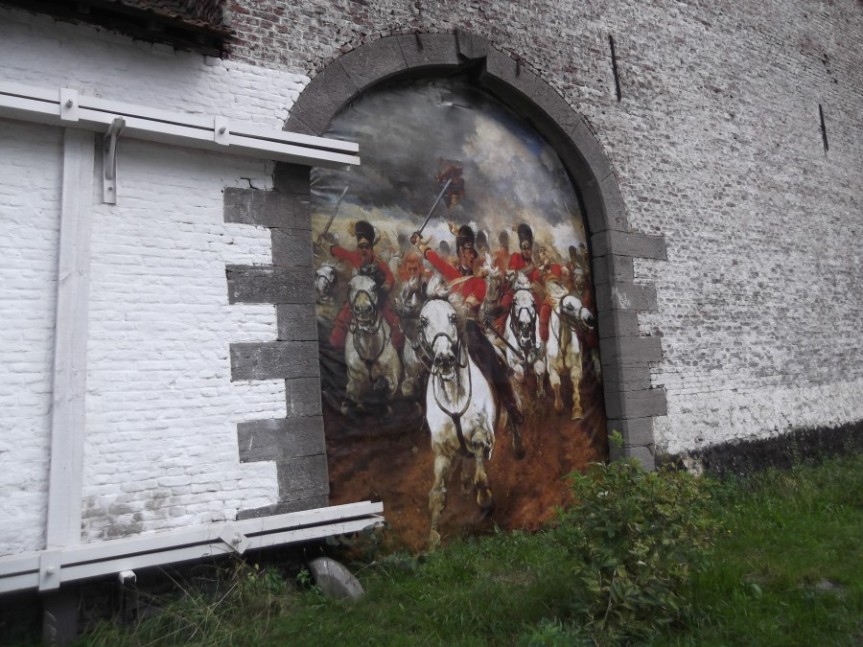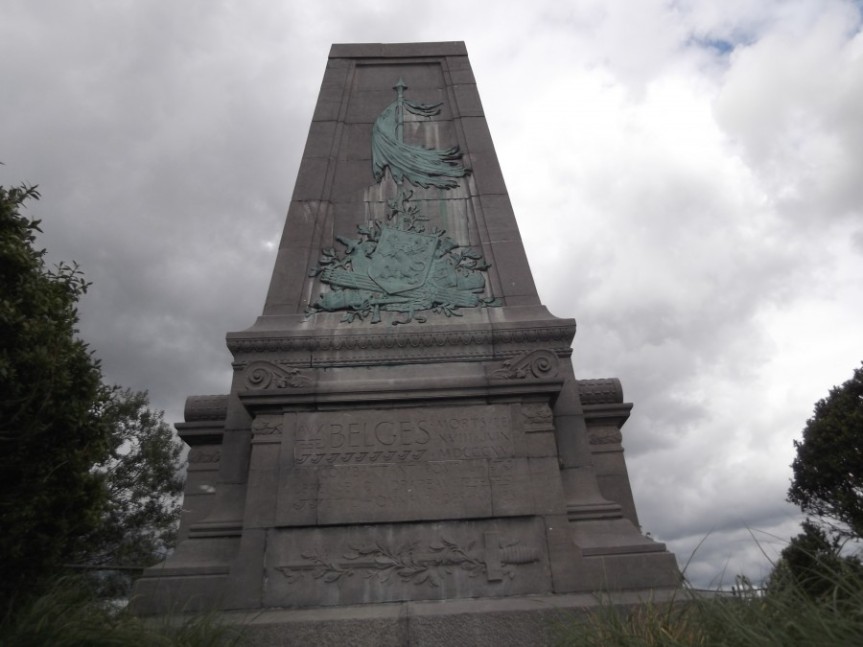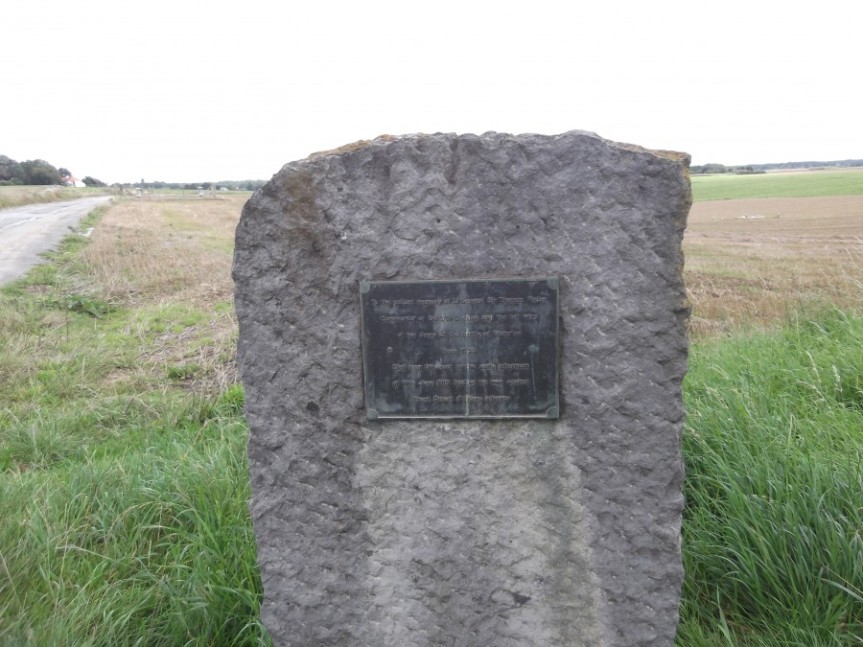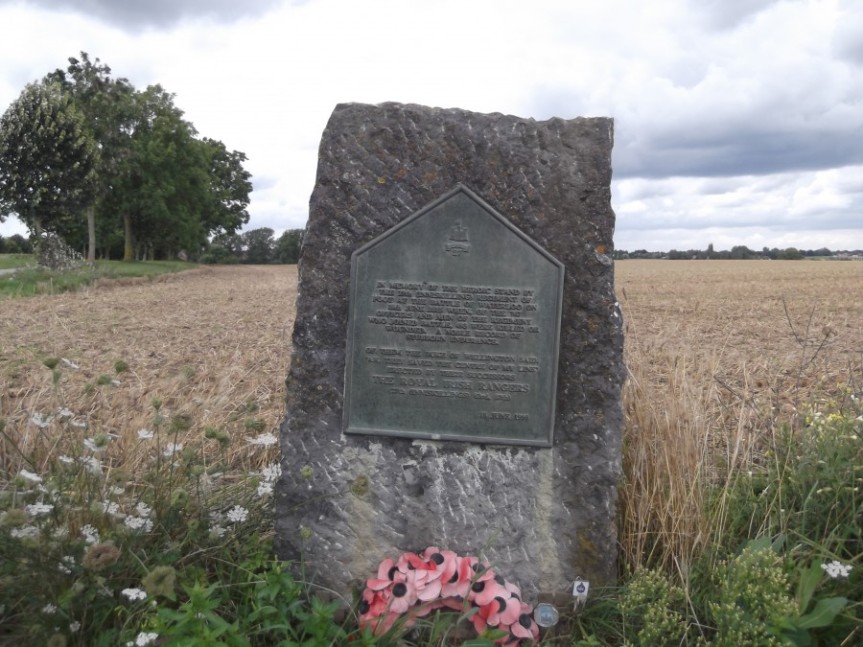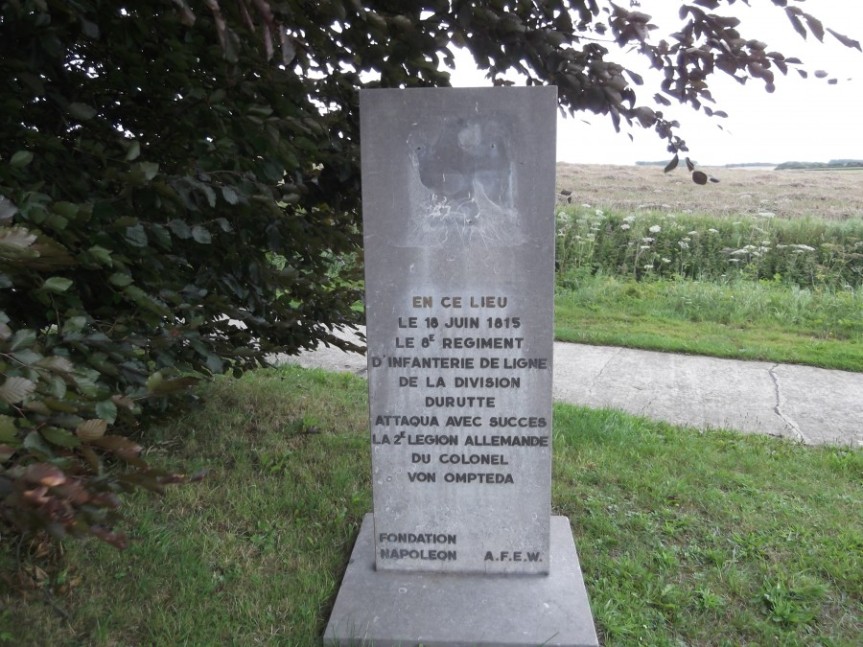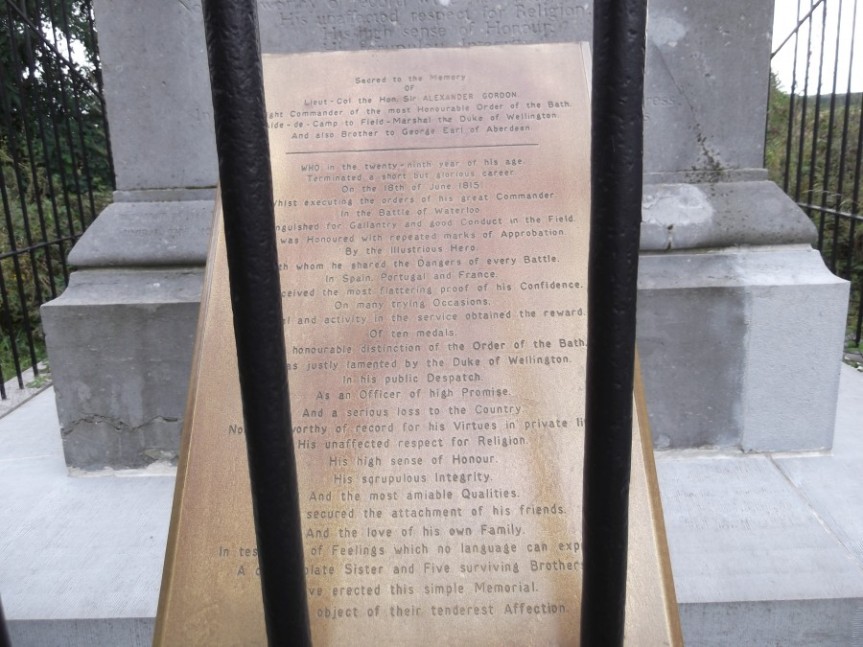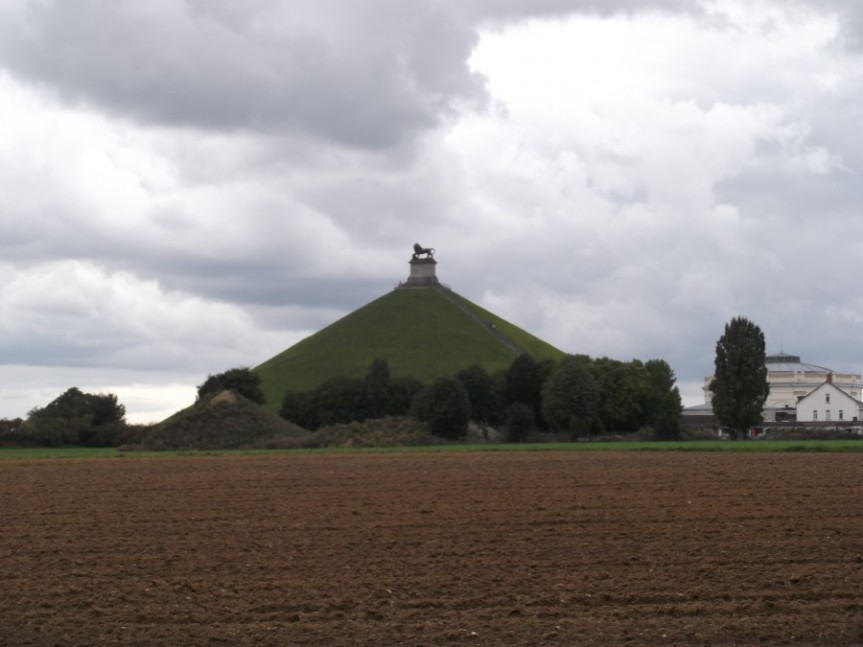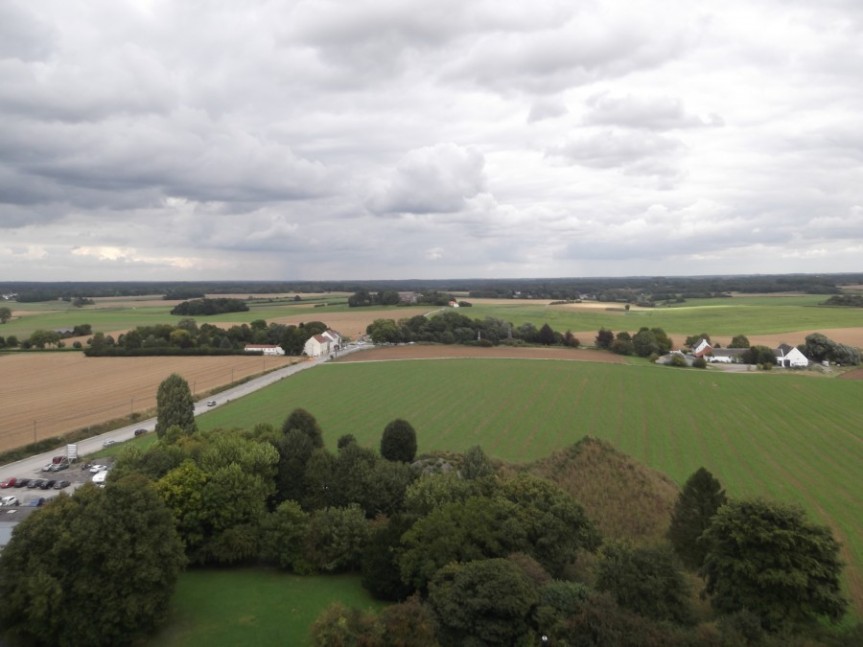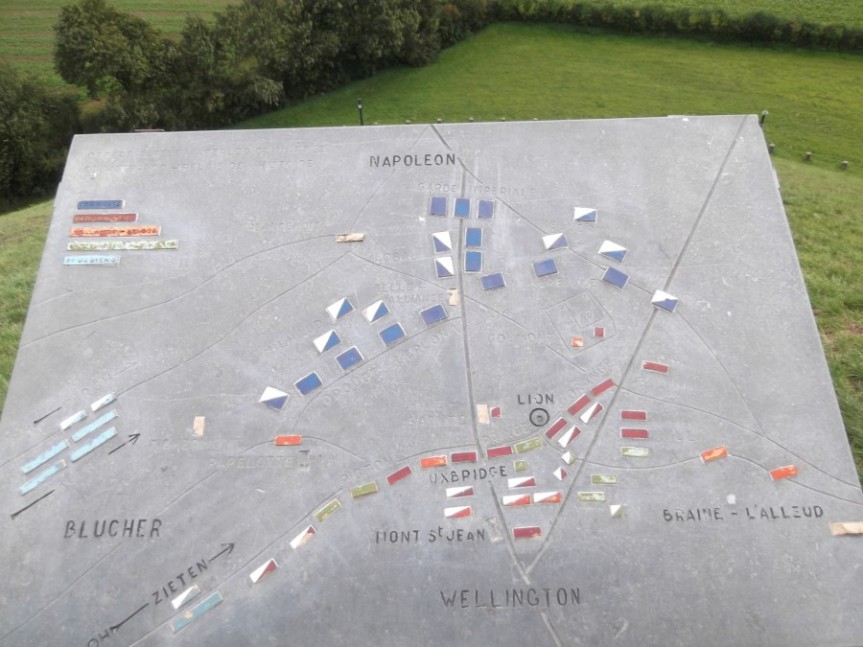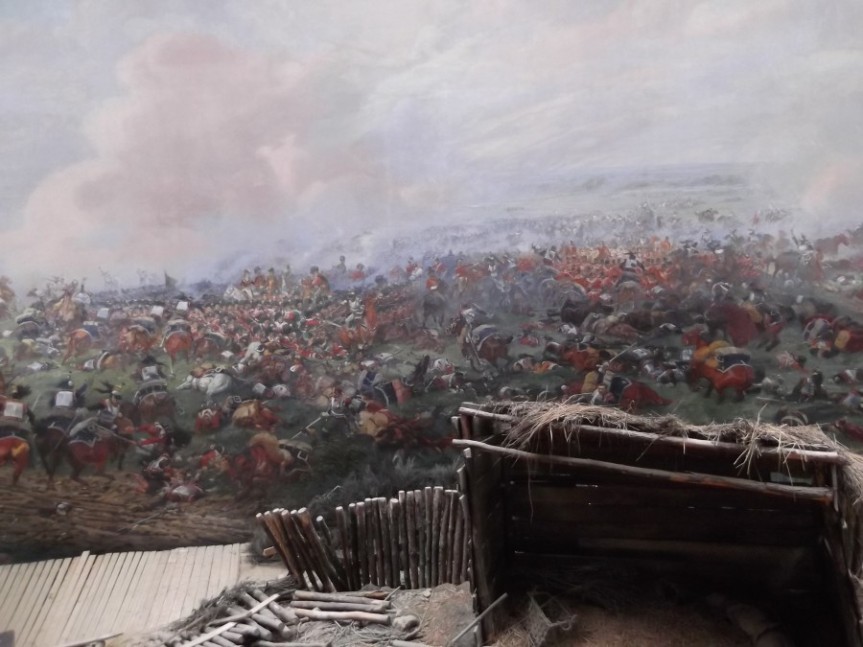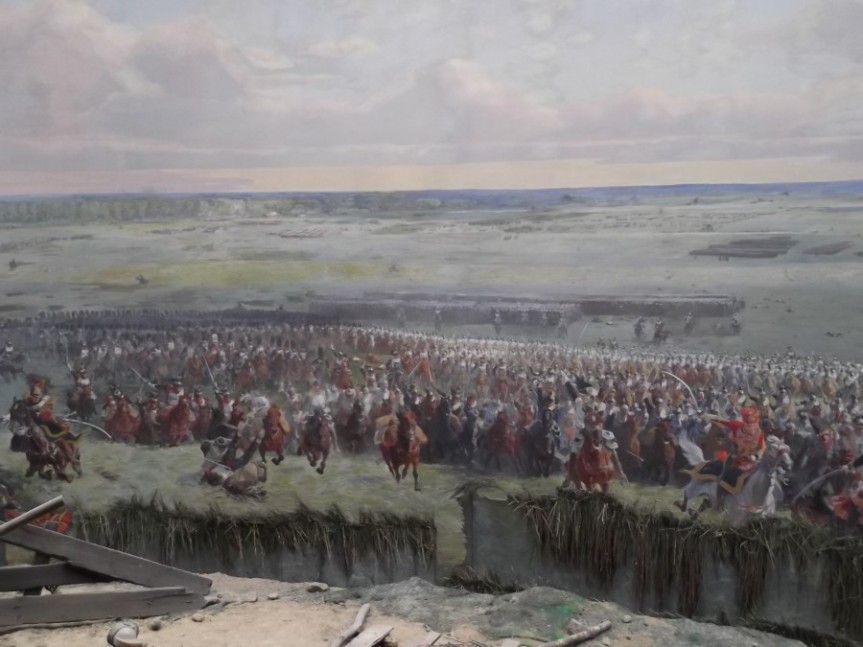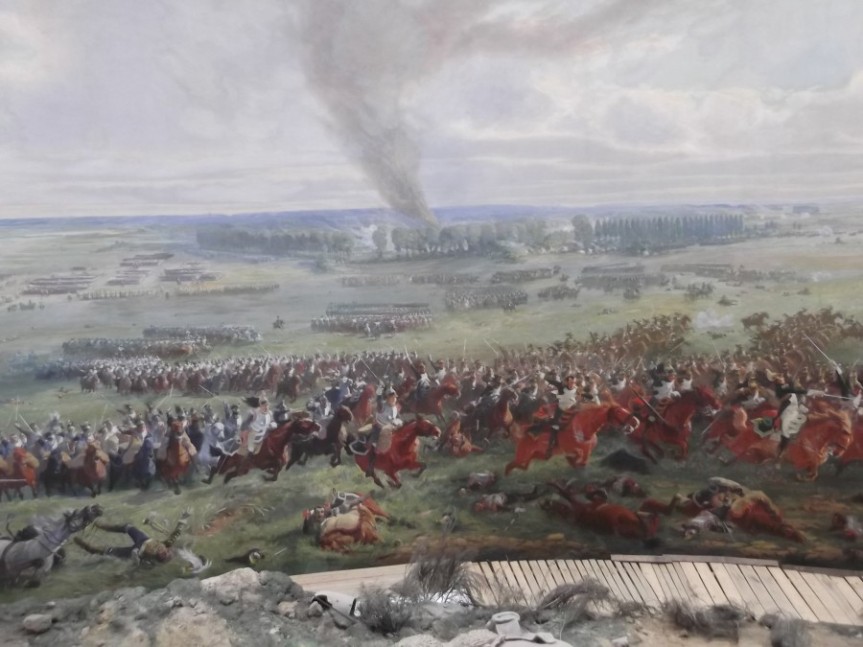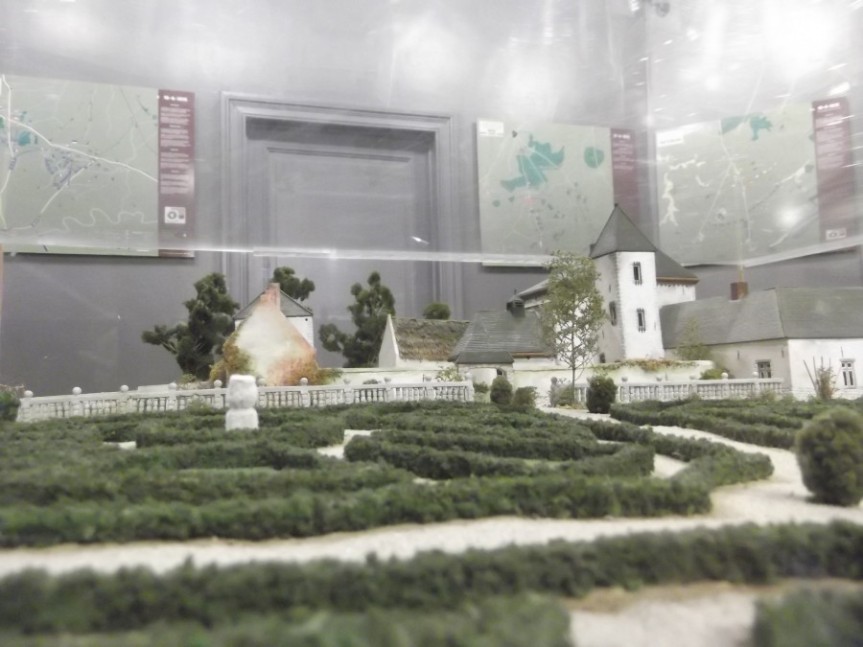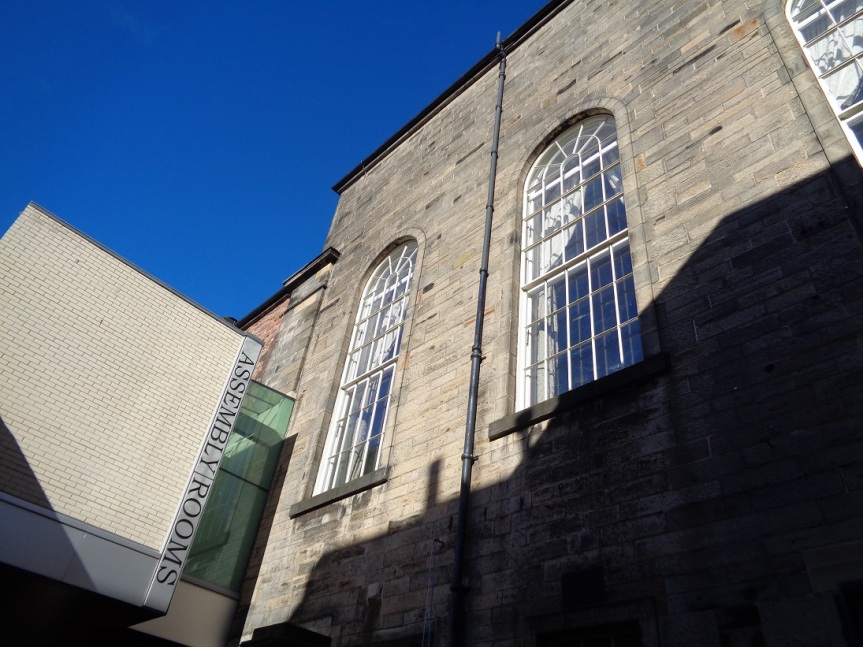
I was away for part of the Doors Open Day weekend, but did manage one Age of Sail visit, to the Assembly Rooms in George Street – a space which I used to know fairly well when they held the Fiddle Festival there, but after the last renovation they made a deliberate decision to price themselves out of the reach of anything local, which I still think is a shame.
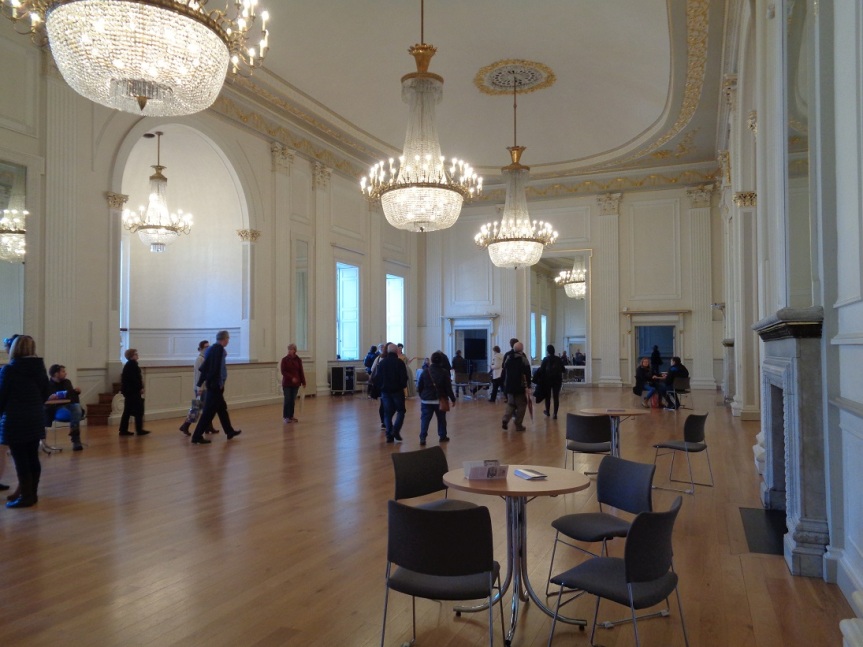
I remember being told on a previous tour – possibly at the reopening – that the great alcove in the ballroom was for the musicians – with no artificial amplification, the only way to fill the room with sound was to bring multiple players. In the early days this would have been fiddlers, with cello as the bass – a lovely combination!
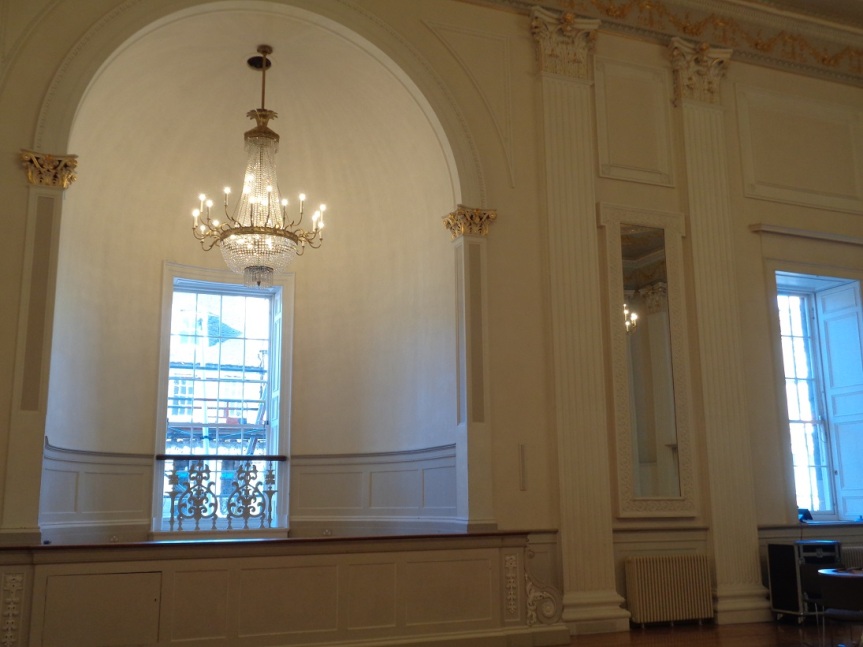
The rooms opened in 1787, and chandeliers, among all kinds of other decorations, were added in 1796. I’m not sure whether these are the originals – the best I can say is that I can’t find anything saying they’re not, although if they are they’ve been adapted at least twice, first to gas and then to electricity.
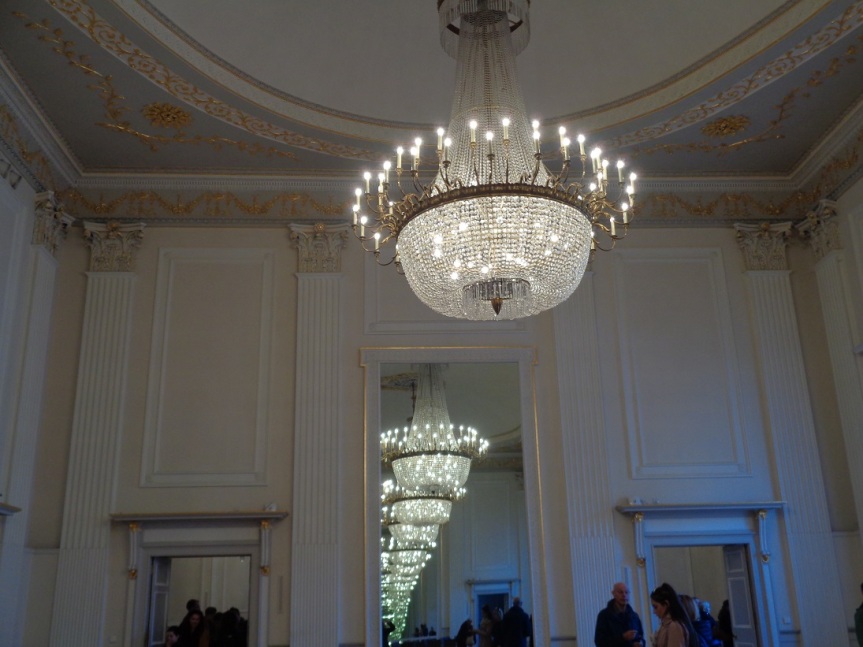
‘Corinthian pilasters’ were also added in 1796, although I think some of the more… elaborate of the decoration is Victorian.
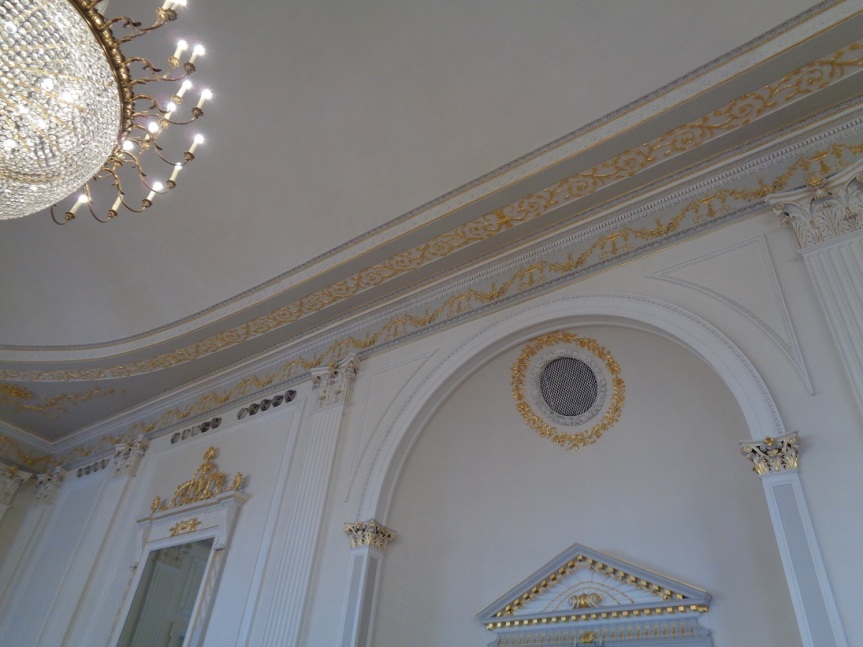
The two drawing rooms at either end of the ballroom are early 20th century additions, but they’re very well done.
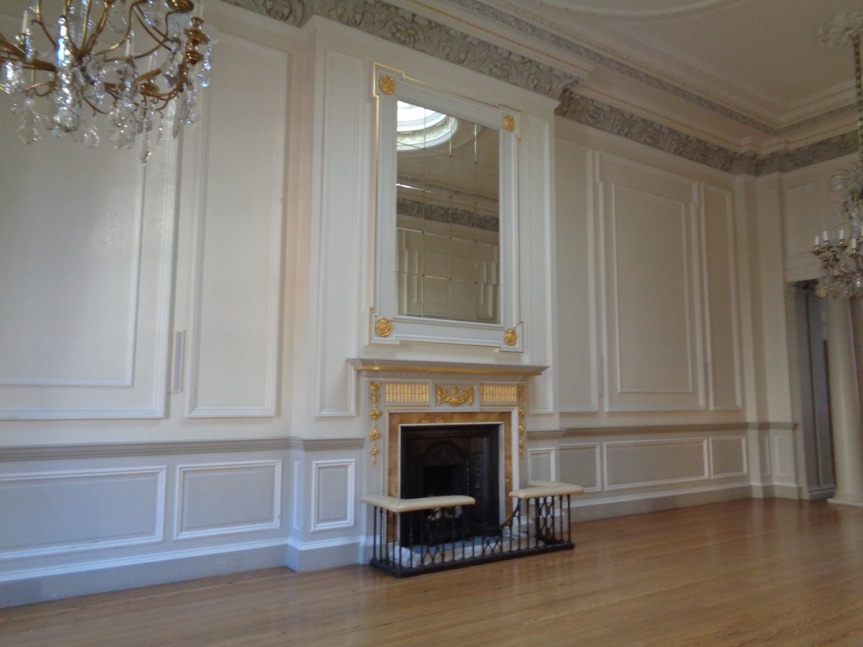
The vestibule at the top of the stairs has statues made of Coade stone, a form of artificial stone (made of fired clay) popular in the late 18th century – these apparently do date back to the original opening, although again they’ve been converted for electric light.
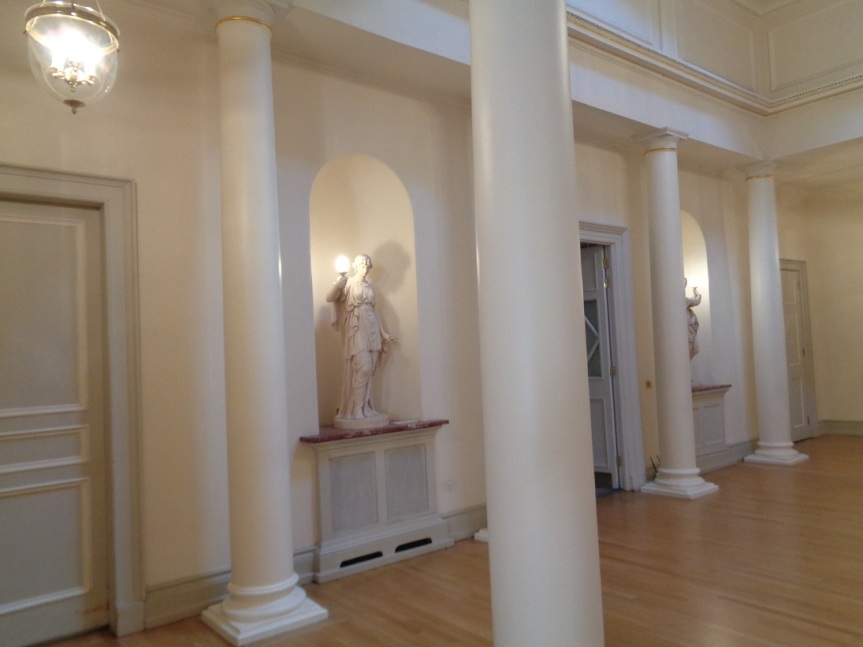
Downstairs is a room now used as a separate restaurant, although it was used by the assembly rooms before the last renovation – it became the supper room in the early 20th century renovations, but I’m not sure what the space was originally – it would have been a smaller space, anyway, as it’s now mostly under the Victorian music hall.
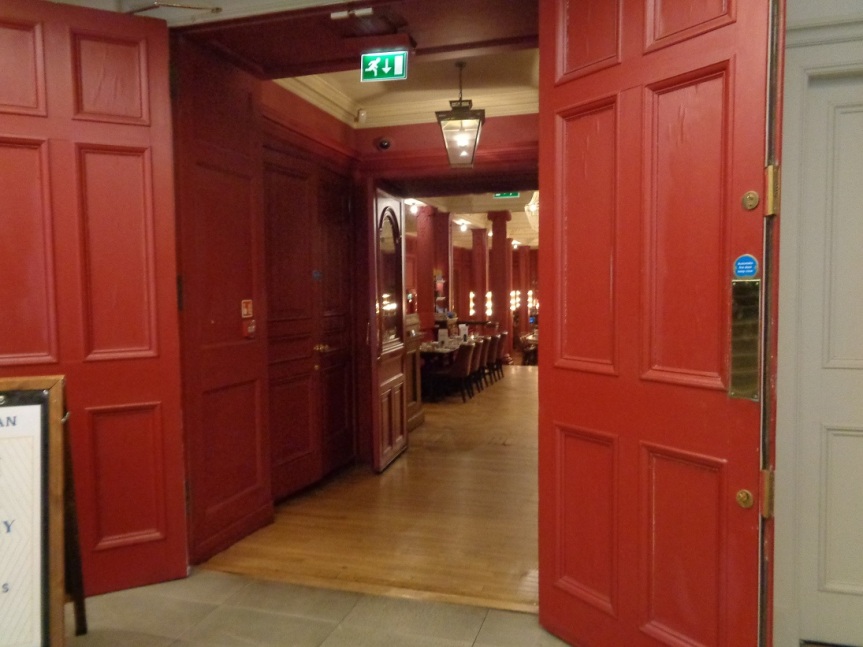
The portico was added in 1818, as the entrance didn’t look grand enough from the street!
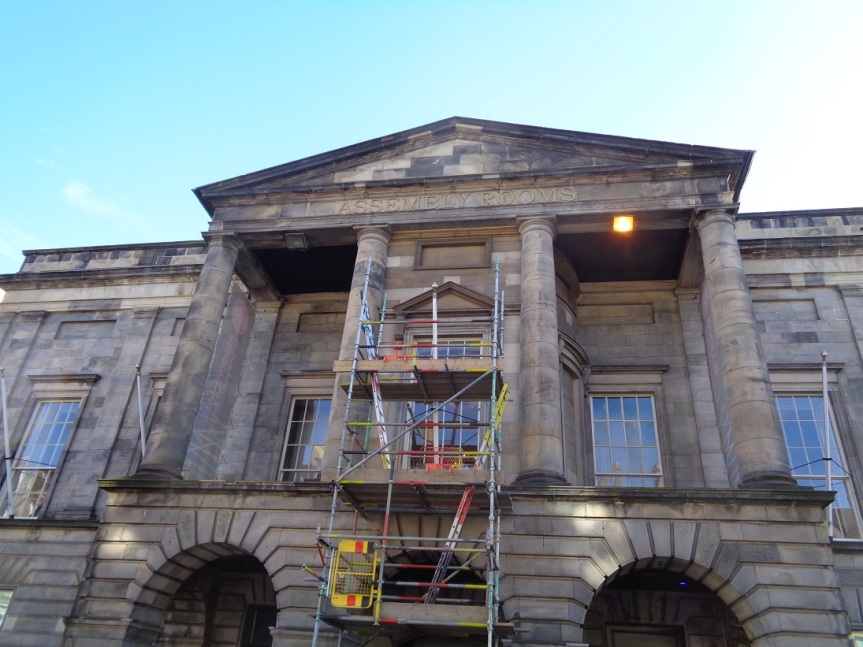
The building has done well in keeping space and light on all sides, in an area where even the grandest buildings are usually terraced – the original lanes on both sides have been built over to form the drawing room extensions, but the lanes are still there, and windows behind.
Of course, round the back, like everything else, it doesn’t look grand at all!


